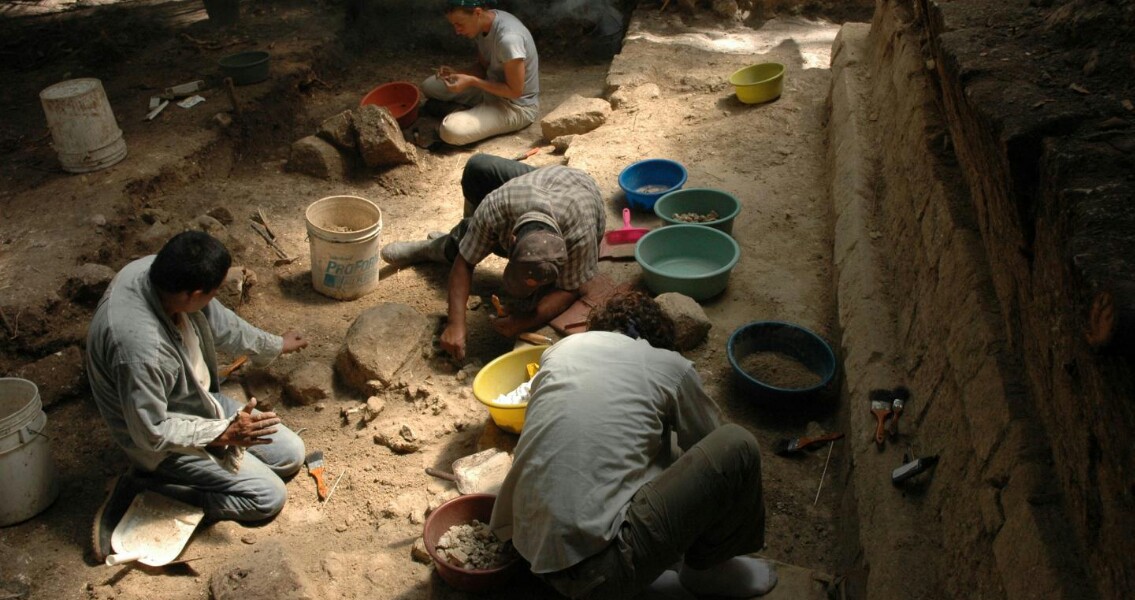<![CDATA[Researchers from the University of Arizona have pinpointed the chronology for the collapse of the Maya, the pre-Hispanic New World civilization that so mysteriously vanished in the ninth century CE. The causes of the so-called “Classic Maya collapse” have long been debated. The event saw a large number of the largest and most advanced cities of the Central American people abandoned. Archaeologists studying the Maya have found evidence of a second, earlier collapse that occurred in the second century CE, this “Preclassic” collapse is even less well understood than its more well-known counterpart. However, new research incorporating radiocarbon dating of a single Maya site over the course of more than a decade has led to the development of a highly precise timeline that may unlock a few answers regarding the Classic and the Preclassic collapses. The work has revealed that the patterns preceding both events may have much in common, according to a U of A press release. A team of researchers led by Takeshi Inomata recently published the findings of their research, revealing that each collapse had analogous trajectories. Both were preceded by more than one wave of social instability, conflict and political crisis, the scientists say, all of which led to the rapid deterioration of civilization in several urban Maya centers. Inomata and colleagues based their findings on the new timeline developed from an exhaustive 154 radiocarbon dates taken from the Ceibal archaeological site in Guatemala. The team has been working on site for well over a decade gathering data and evidence to support their claims. More generalized timelines pieced together on the Maya have traditionally suggested a more gradual societal collapse. However, this new chronology, unprecedented in its precision, suggests that the collapses were the result of much more complex patterns of crisis and recovery. Inomata, the lead author on the paper, remarked that both the Classic collapse and the Preclassic collapse were found to have followed similar patterns. Neither of these collapses were simple; instead there were waves of collapse, beginning small and then growing in intensity, until they ultimately led to the abandonment of city centers, Inomata explained. The research team combined radiocarbon dates and data pulled from ceramic artifacts discovered during archaeological digs to pinpoint the new chronology. This allowed them to reconstruct a timeline based on the increase and decrease of building construction linked to fluctuations in the population of Ceibal. It’s true that this isn’t a complete breakdown of what were the exact causes of both the Preclassic and the Classice collapses. However, this new data is an important step in that direction, revealing that the patterns of both collapses looked very similar, said UA anthropology graduate student Melissa Burham, a co-author of the study. The greater understanding of the process and what it looked like has the potential to serve as a template for additional research into the collapse of the Maya, Burham added. The new research paper, which appears in the journal Proceedings of the National Academy of Sciences, can be found here Image courtesy of Takeshi Inomata/University of Arizona ]]>
Timeline of Maya Collapse Pinpointed
